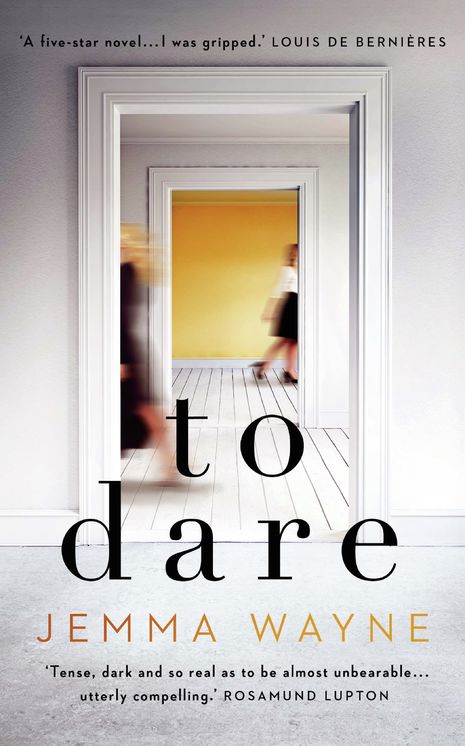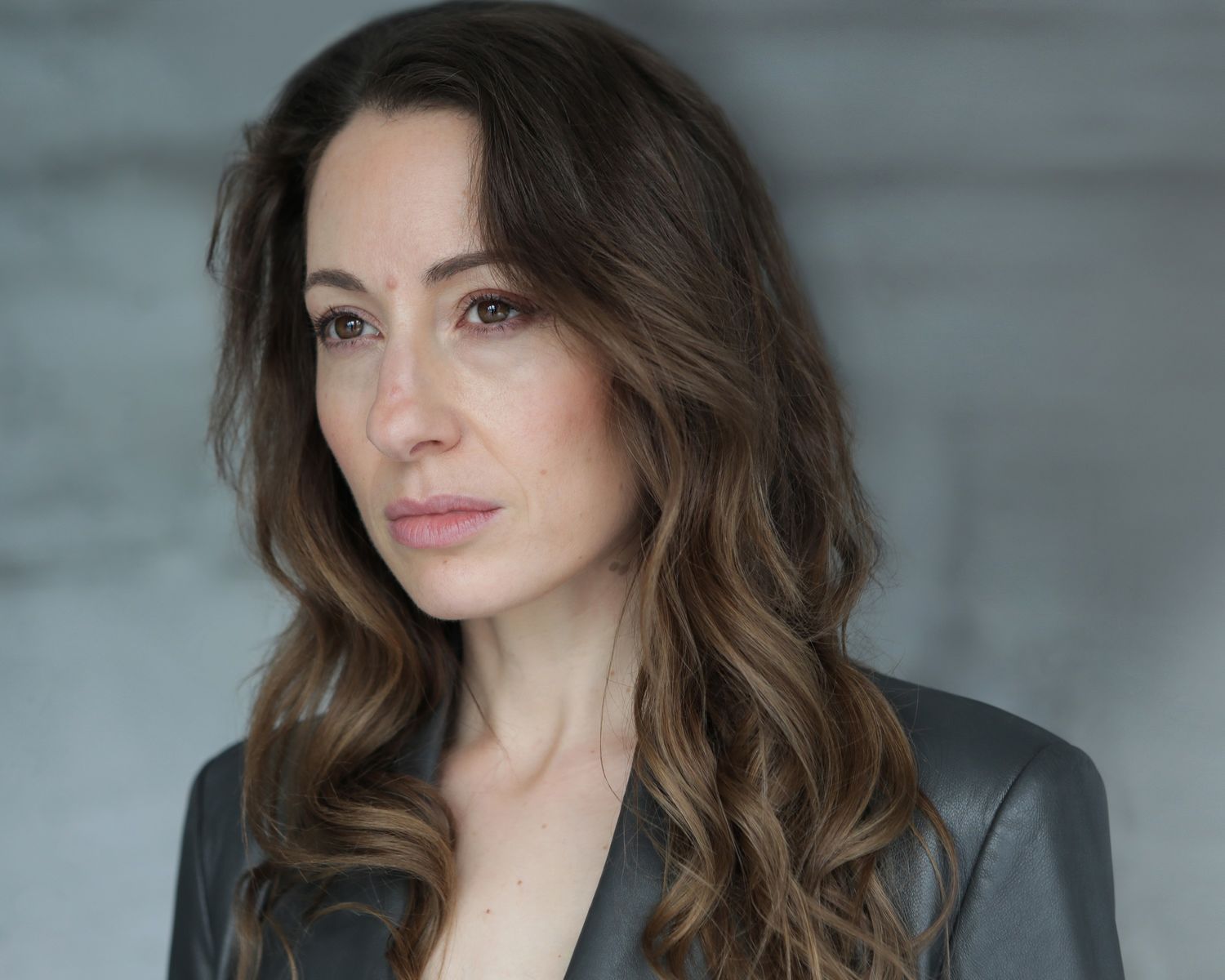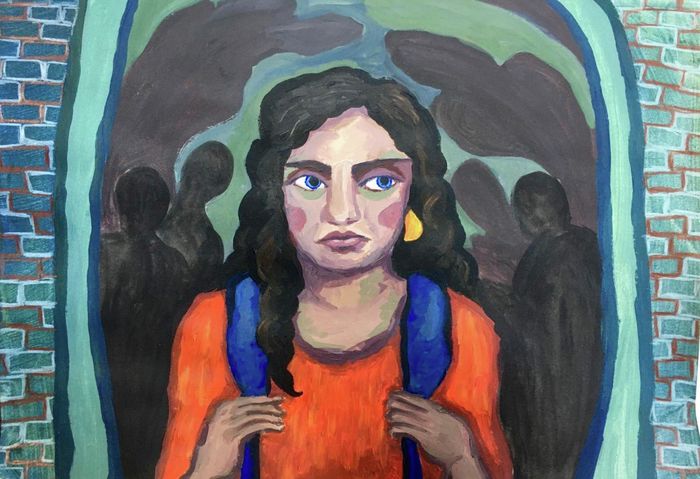Content note: mention of sexual assault, miscarriage, racism
“When society puts up with the small things, the bigger things come tumbling”, believes Jemma Wayne, and this sentiment lies at the heart of her new novel, To Dare. It is in literature that those silenced are given a voice, and this is exactly what Wayne does: spotlighting the experiences of three women (by partly drawing from her own experiences, both as an ex-Cambridge student and a successful author and journalist), their “unspoken experiences” come to light. Ranging from the micro-behaviours that women are routinely forced to endure, to the pressures placed on women to conceive, to complex discussions of sexual assault, Wayne presents the realities of a society that pits women against each other, and concludes that there is nothing stronger than women standing together in the face of these issues.
To Dare isn’t Wayne’s first venture into the world of feminist literature: Wayne’s debut novel, After Before (longlisted for the Women’s Prize for Fiction), follows three women that have reached crisis point, and tackles topics like the Rwandan genocide and untimely disease. To Dare similarly follows three women as they navigate ’family, inequality and revenge’, and this interesting parallel between the two works displays how important the shared female experience is. Veronica is moving into her newly-refurbished Victorian terrace with her wealthy husband, believing it will help heal the wounds of recent trauma (which is only hindered further as childhood friend Sarah returns and their painful past becomes a feature of the present), as Simone moves back into her neglected council flat, struggling to balance taking care of her children with managing her controlling husband’s behaviour. These women’s lives seem polar opposite, yet Wayne believes “they are [...] united.” “There is immeasurable strength in women supporting women”, says Wayne, “In my career, more often than not it has been women who have extended help, and I try to pay this forward whenever I can”, and it seems as though this complexly weaved female narrative does just that: recognises and shares the unspoken female experience.
“So much of the way society is structured sets out to pit [women] against each other”
In To Dare, the key theme of feminism collides with a world of socio-economic inequality, tensions and power plays between female protagonists, as well as prejudices related to not only gender, but ethnicity too. “So much of the way society is structured sets out to pit [women] against each other”, remarks Wayne, “and in To Dare, subtle power games between Veronica and Sarah is one of the driving themes”. It isn’t often that tensions between women take such a central role, but for Wayne’s characters, “it begins in childhood with dares and secrets and small manipulations, and when they reconnect as adults, spirals out of control”. It seems as though the underlying competition between women cannot be confined to either childhood or adulthood, but rather is a constant point of tension within women’s lives.

Ultimately, “all three women are connected in different ways”, says Wayne, but “one of the biggest barriers they have to overcome is differences between economic class, and this is another area I wanted to spotlight in the story”. The characters “hold prejudices that they are unconscious of, not only related to class, but also to gender and ethnicity”, which is a topic that feels particularly prevalent in today’s society. There are multiple instances of these prejudices surfacing throughout the novel: “Veronica feels wary when she’s walking in a poorer area; Terry bad-mouths Polish people, and toffs, and Jews; Simone’s parents dislike that the man she loves is black”, recalls Wayne. Wayne’s decision to include such instances of casual biases was made in the hopes that she could “highlight how oblivious many of us are to our own prejudices, and how dangerous it can be to reside only within one echo-chamber where this is not called out”. By actively reading more and “becoming aware of our own biases”, we have a greater chance of eradicating unfair prejudice.
To Dare continues to spotlight increasingly difficult topics that are slowly finding a voice in mainstream media, particularly the mentioning of the sexual abuse. “I touch on sexual abuse in a few different ways in To Dare”, comments Wayne, “within a boyfriend-girlfriend relationship, in situations when older men have power over younger girls (a friend of a parent, a charismatic teacher), and also in less overt micro-interactions”. The novel highlights how we are often forced into accepting these behaviours, which ends up “priming us to be exposed to this in worse and worse ways”. Wayne takes this from a particularly female standpoint, at points centering the discussion around protagonist Veronica. She learns from a young age that she is considered by society as beautiful, which becomes deeply ingrained within her personality as a defining characteristic. “It endows her with a certain power and privilege that she experiments with as a teenager, but it also reduces her identity”, says Wane, “and leads her to believe that she must accept unwanted attention because of it”.
“Girls have been conditioned to put up with infringements to their own body-sovereignty”
A key aspect of this novel is that it is, at times, rooted within Wayne’s own personal experiences. The mentioning of this topic leads her to recall some of the moments from her time at Cambridge as an undergraduate, which in the current climate feel important to question, but at the time were one of “the ways in which girls have been conditioned to put up with infringements to their own body-sovereignty”. For example, Wayne remembers when she was a student, “one night a fight broke out in a club between some of my friends and a group we didn’t know, because I had had the audacity to be annoyed when one of them aggressively grabbed my bum”. It’s Wayne’s use of ‘audacity’ here that struck me: the implication is that the culpability falls on her despite being the victim, which is fundamentally wrong, especially by today’s standards. “Although my friends had supported me, there was a sense from some afterwards that I had made a fuss out of nothing. Likewise, every other micro-behaviour girls and women are expected to not make a fuss over”. Wayne does note that such occurrences are changing with regards to their reception from others: “Thank goodness this is changing. Because when society puts up with the small things, the bigger things come tumbling”.
Whilst this may have been an isolated incident that affected Wayne during her time at Cambridge, she goes on to mention that there were other instances of a Cambridge environment that featured questionable behaviour and attitudes towards women. “It was infuriating that there existed societies such as the Pitt Club, that created a ‘Totty List’ of which girls were either beautiful enough or of good enough pedigree to invite to their parties”, remembers Wayne, and comments that a scene around this can be found in the novel. Whilst these kinds of attitudes have since altered, it would be disingenuous to believe they’ve been wholly filtered out. Wayne also recalls being “bothered [...] that women’s lacrosse (one of the main female sports in UK schools) was not considered worthy of being a Blue’s sport until my final year”. Having said this, Wayne emphasises that “from the lecturers and supervisors, gender was never something that felt like an issue”.
“There is immeasurable strength in women supporting women” is perfectly summative of Wayne’s latest work
Wayne’s drawing from personal experience is one of the reasons why this novel is able to tackle such hard-hitting topics. To Dare focuses our attention on discussions surrounding fertility, which is something that has forever been bound to femininity. “Although I now have three healthy children, it took my husband and I a little while to get pregnant the first time, and we suffered a miscarriage during that first pregnancy”, says Wayne, eager to voice experiences surrounding pregnancy and fertility that routinely go unspoken. “In school health classes, we’re made to feel that we’ll get pregnant the first time we have sex (which of course some do); but nobody explains that it can also take a while to conceive, and that one in three pregnancies end in miscarriage”. A key part of understanding the discussions that surround miscarriage and infertility is the traumatic results on female mental health: “nobody tells you that when these things happen, it can be devastating”. Wayne drew from these feelings when writing To Dare, as in the novel “longing for a child, and envy of friends who have them, consumes Veronica – impacting her marriage, her friendships, and her own sense of identity. In the end, she is driven to terrible, twisted actions that most of us would never consider, but the emotions that drive her are shared by so many”.
An element of the novel that Wayne remembers finding enjoyable to write was “Sarah being the breadwinner in her family, and her husband, David, being the main carer at home. I loved being able to paint David as a strong man within this role, redefining the traits that are traditionally associated with male strength”. The benefits of this plotline are two-fold: not only is Sarah challenging pre-existing societal norms, but Wayne also redefines what society places to be of value within a man. “Many women, I think, would value emotional intelligence, sensitivity, and a focus on family, over machismo – not that these are necessarily mutually exclusive. In the book, it is his solidity that allows Sarah to soar”, says Wayne.
“There is immeasurable strength in women supporting women” is perfectly summative of Wayne’s latest work: her willingness to be so raw in sharing her own experiences, as well as standing together with women that have faced similar issues, leads To Dare to be a work rooted in the unvoiced elements of female experience. While the relationship between Wayne’s protagonists is complex and fractured, they battle through their individual traumas, vulnerabilities and domestic issues to ultimately discover that they are more bound together than they think.


